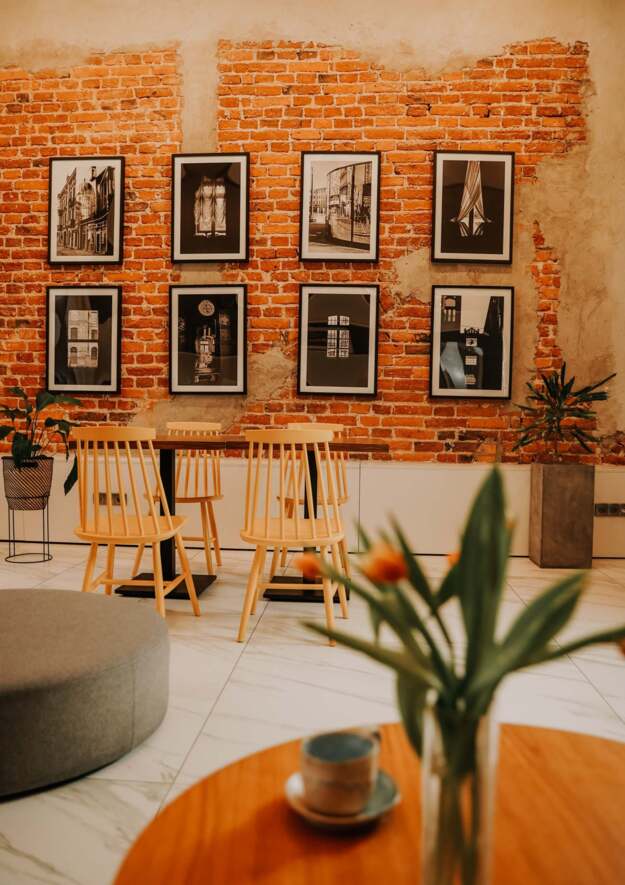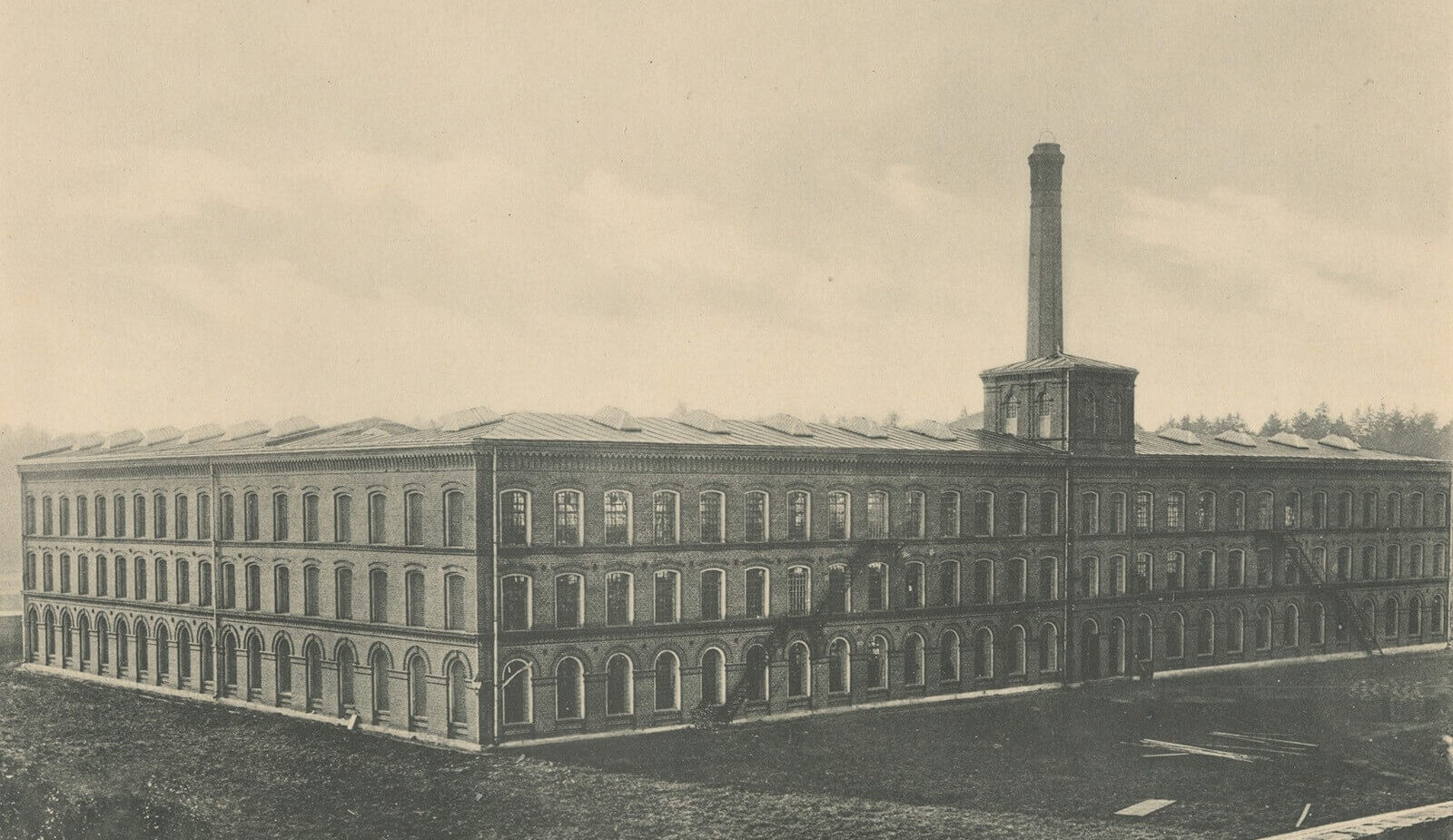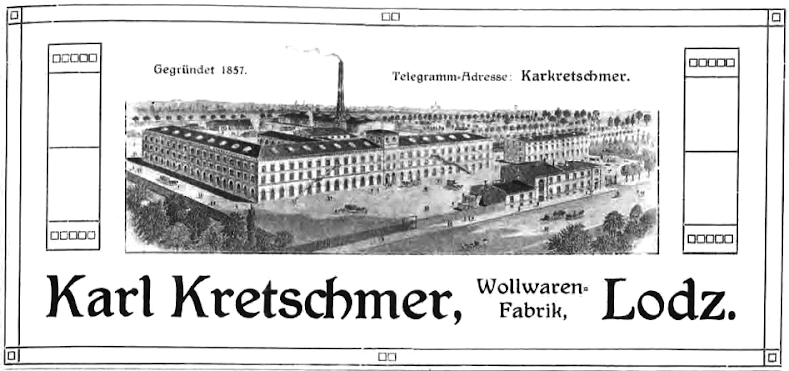Tobaco Park – 19th Century Tradition
History of Factory-Worker Łódź
The history of Tobacco Park, of which the Tobaco Hotel is a part, begins in the 19th century - in the turbulent times of the industrialist's "promised land".

Kretschmer Factory Before the War
Thriving Textile Plant
The woolen handkerchief factory, equipped with a modern steam spinning mill and 62 hand looms, thrived excellently, employing over 300 workers at its peak. The good streak was only interrupted by the outbreak of World War I.

Culinary Journey in a Historic Place
The Taste of History
at Tobaco Park
The memory of the beginnings of the complex and of the founder of the factory himself has survived not only in old documents. The name of the hotel’s restaurant “U Kretschmera” daily reminds us of the historic character of the site.

Tobacco Monopoly
and Modernism
In 1925, the complex became the property of the State Tobacco Monopoly, and a year later was expanded with buildings in a modernist style. Today, one of these buildings houses the Tobaco hotel. It took its name from the Tobacco and Cigarette Factory, which the former textile plant was transformed into. This factory, one of the largest in Poland, operated until the end of the 20th century, producing well-known packaged cigarettes such as Płaskie, Egipskie, and Popularne.

Lofts and Apartments
History and Design at Tobaco Park
In addition to the hotel, Tobacco Park includes apartments, lofts, and suites, characterized by interestingly arranged spaces and unconventional architectural solutions. The whole retains the unique atmosphere and spirit of old Łódź.
















